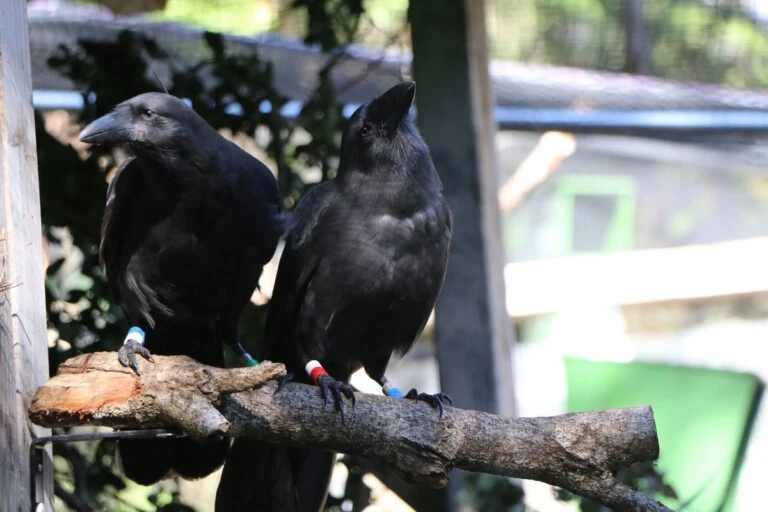In a groundbreaking effort to restore biodiversity in Hawaiʻi, five Hawaiian crows, known locally as ʻalalā, have been released into the wild on Maui. This marks the first reintroduction of the species outside their native Big Island, from which they were extirpated in 2002.
A Long Road Back to Nature
Since their disappearance from the wild, ʻalalā have been bred in captivity to preserve the species. Despite their controlled environment, the birds were raised to maintain natural instincts necessary for survival in the wild.
On the leeward slopes of Haleakalā in Maui’s Kīpahulu Forest Reserve, two male and three female juveniles cautiously hopped out of their cages. These young birds were carefully chosen for their strong social and behavioral skills, giving them the best chance to thrive in their new environment.
Cultural Significance
The release holds deep cultural meaning for Hawaiians, as ʻalalā are considered aumākua (spirit guardians) and kūpuna (ancestors) in Hawaiian tradition. “The forest wouldn’t be there without these birds,” said Keanini Aarona, an avian recovery specialist. For many, the birds symbolize the preservation of ancestral knowledge and the resilience of Hawaiian culture.
Challenges and Opportunities
Previous attempts to reintroduce ʻalalā on the Big Island faced significant challenges, including predation by Hawaiian hawks, environmental hazards, and accidental deaths linked to human activity. Maui offers a safer haven, as it lacks Hawaiian hawks and provides a supportive environment for young, non-territorial birds to form cohesive groups.
The San Diego Zoo Wildlife Alliance and the Maui Forest Bird Recovery Project (MFBRP) collaborated on this ambitious effort. The field team will closely monitor the crows, supplement their food supply, and ensure their safety as they adapt to their wild surroundings.
A Step Toward Biodiversity Restoration
“This is a monumental step forward in conserving the species,” said Megan Owen of the San Diego Zoo Wildlife Alliance. The reintroduction signifies hope for reversing biodiversity loss and preserving a vital piece of Hawaiian ecosystems.
As these ʻalalā explore their new home, the team is cautiously optimistic. Success will depend on the birds’ ability to adapt, forage, avoid predators, and ultimately establish a sustainable population. For now, the sight of these iconic birds flying free is a promising start to a brighter future for the species.
